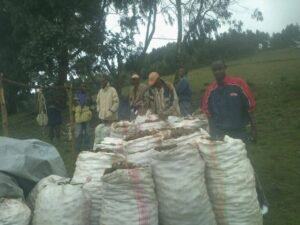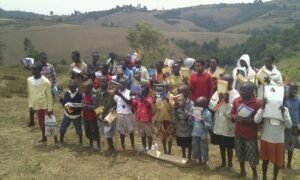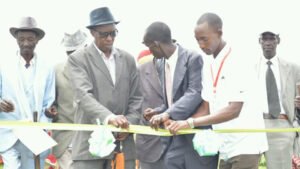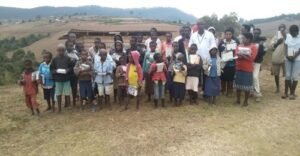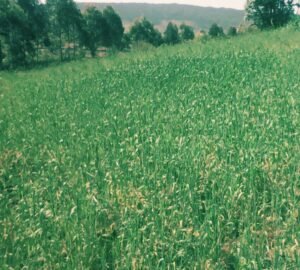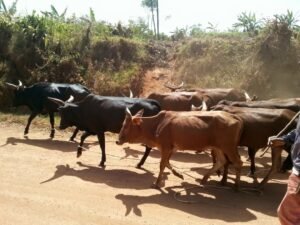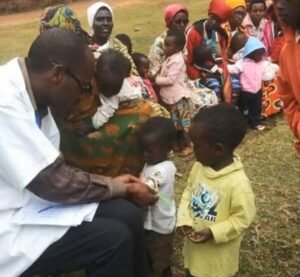Empowering families and communities
Rather than giving a handout, Teach to Grow nurtures self-sufficiency through our unique small-scale agricultural model. We teach families how to feed themselves using the resources they have.
We multiply seeds in our demonstration farm, and after each harvest we give seed loans to all the farmers that show an interest, and qualify for a loan. Our agronomists and technicians work closely with these families to show them how they can produce enough food to satisfy their need.

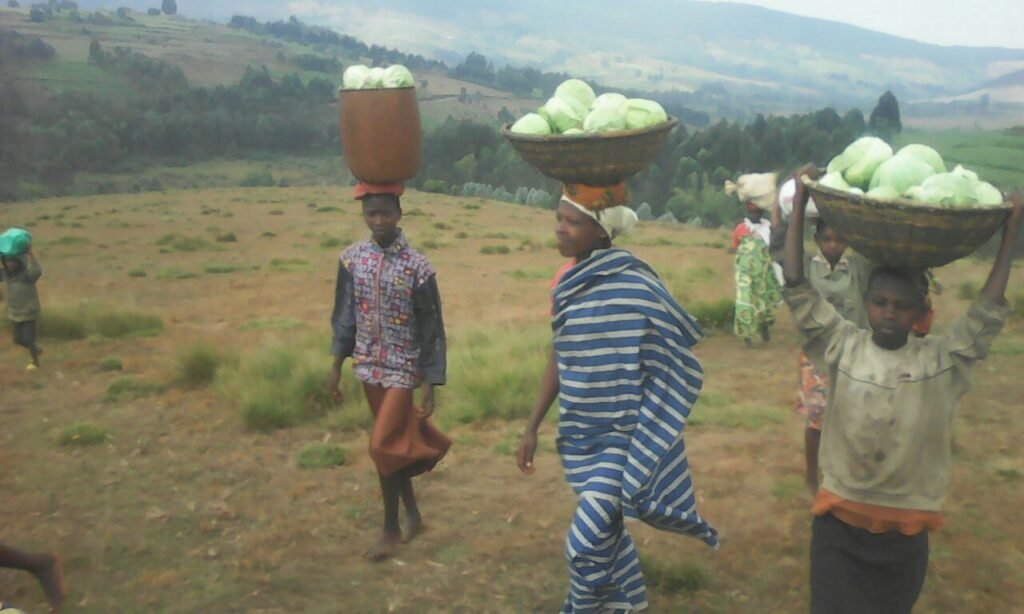
Nutrition and Dietary diversification
We teach families how to increase the essential vitamins and minerals consumed in their regular diet by expanding the type of food that they eat. This is the easiest way to improve nutrition and eliminate micro-nutrient deficiencies. Teach to Grow teaches smallholder farmer in Burundi how to diversify their family’s diet by growing a variety of fruits and vegetables that they need to stay healthy.
Field Crops
We teach families how to grow different crops instead of producing one crop per season. On their small plots, families learn and implement sustainable farming techniques. Families receive seed loans, and move from planting mono-crops to planting a variety of crops that are rotated to enhance the soil and increase production. These crops will provide food for the families, as well as food and fodder for small livestock.
Small Livestock
Some of the families who are the most in need receive livestock loans to help them create income. We start by giving chickens to these families. Once the chickens multiply, we expect the families to return one chicken to us, which will then be given to another family in need. This provides a protein source for the families, and with proper management, a source of income for the future.
Job creation
We utilize the human resources found in the village we work in, thus creating jobs and income for families. The people living in the village become self-sustaining, and are able to provide for their families. We use land that is rented from families, which creates revenue for the family hosting our project. In this way, we are able to build the community for the ground up.
Income from Surplus
With all the training that is given to these families, we anticipate that they will be able to grow and harvest enough food to fill their own nutritional needs. We also encourage them to sell their surplus crops and livestock to provide for other needs and save for the future.

